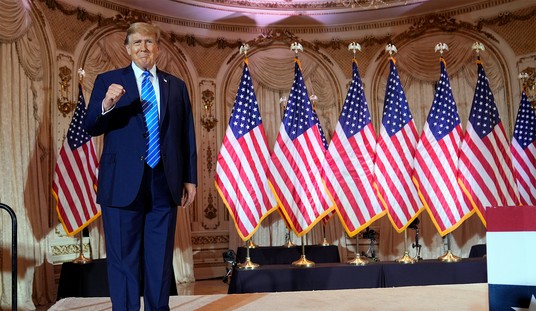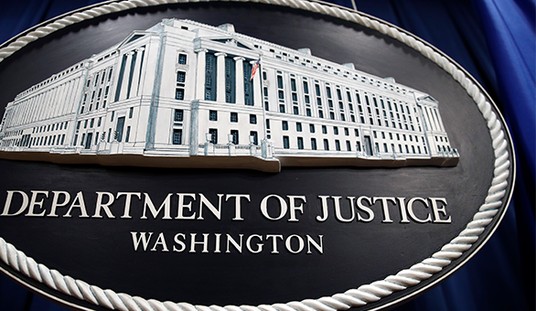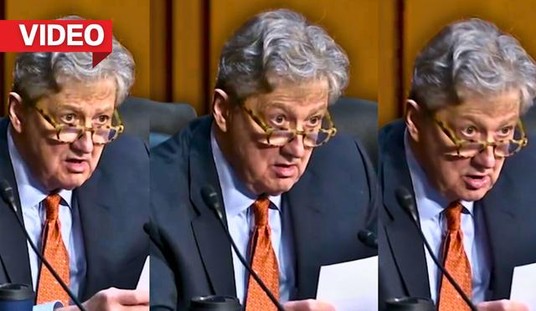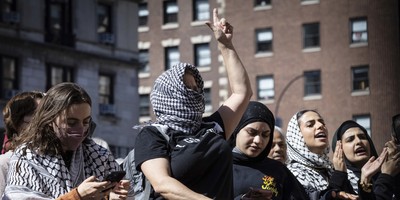Reuters has much more than an isolated incident on its hands. Adnan Hajj has worked as a freelance journalist for the newswire from 1993-2003, again in 2005, and now. Along the way, there's no telling how many photos he's faked.
Today, PowerLine finds two shots of the same building published two weeks apart, but both purported to have been taken after separate "overnight" raids.
Drinking From Home finds the "unluckiest multiple home-owner in Beirut."
UPDATE: Here's Editor and Publisher's woefully inadequate story about the Reuters scandal. I hate this about traditional media. They tell you two photos have been doctored, but don't show you the photos or evidence of manipulation, even though you could stumble on such evidence by Googling "any right-wing blogger at all."
Is that not a major part of the story? You know, seeing the photos that were doctored? But they just dance right over it and move on, offering only a short description of each of the photos. Reuters and Editor and Publisher know very well the impact that photos can have. Seeing the blatant manipulation right before their eyes could make folks question MSM coverage of the conflict in the Middle East more than just a standard news story. The images would stick in people's minds, the words tend to fade away.
Reuters and Editor and Publisher seem much more concerned about hiding the faked pictures now that they reflect badly on the press than before, when they reflected badly on Israel.
Recommended
You think if the Bush administration had Photoshopped pictures, we wouldn't be seeing side-by-side comparisons and animated gifs? Yeah, right.
Reuters seems to have gotten more serious about its rhetoric since it first released this lame explanation:
"The photographer has denied deliberately attempting to manipulate the image, saying that he was trying to remove dust marks and that he made mistakes due to the bad lighting conditions he was working under," said Moira Whittle, the head of public relations for Reuters, on Sunday.
Here's today's line:
Reuters also said today it had put in place a tighter editing procedure for images of the Middle East conflict to ensure that no photograph from the region would be transmitted to subscribers without review by the most senior editor on the Reuters Global Pictures Desk, according to a Reuters spokeswoman.
“There is no graver breach of Reuters standards for our photographers than the deliberate manipulation of an image," said Tom Szlukovenyi, Reuters Global Picture Editor, in a statement. "Reuters has zero tolerance for any doctoring of pictures and constantly reminds its photographers, both staff and freelance, of this strict and unalterable policy."
He added that the fact that Hajj had altered two of his photographs meant none of his work for Reuters could be trusted either by the news service or its users.
Well, at least they recognize what's at stake. But here's their remedy, as far as I can tell:
On Monday, it added further charges, saying he had manipulated at least one other photo -- and that all of his recent pictures had been deleted from the news agency's data base.
No, don't just delete the pictures. Bring them out in the open and show us exactly how Adnan Hajj deceived us. If Reuters was as energetic about finding these deceptions as bloggers are, they'd earn back a lot of the cred they've lost. That's the only way to start making amends.
Michelle has the same idea:
If Reuters had half a brain, it would post all of Hajj's photos on a separate site and welcome continued blogger analysis that uncovered this debacle in the first place. Withdrawing the photos to cover their tracks is a dumb idea.
If they are interested in the truth, they will harness the power of the Internet’s distributed intelligence network--not cut it off.
Don't push the bloggers away. They are your friends. They will help you through this hard time.
Ann Althouse crystallizes Reuters' big problem, which will affect all the press:
Quite apart from the dismaying ineptitude of missing the clear evidence of manipulation that bloggers will eagerly and easily throw in their faces, we should worry that there is much more subtle and expert use of photoshopping going on all the time. These recent incidents should wake us up and make us mistrust every photograph that is ever offered up as anything other than an imaginative illustration.
Allah notes that the photos are still available on the wires; they're just not for sale. Brilliant, Reuters.
LGF shares with us the moonbat take on this controversy, which consists of "yeah, these photos are fake just like Dan Rather's memos were fake. You can't prove it!"
Beth at MVRWC has been all over this story. Here's herarchive of Hajj posts.

























Join the conversation as a VIP Member